About Mike
 Nationally recognized, award winning artist Mike Callahan is a fourth generation Nevada native who counts himself privileged to grow up in what he believes to be one of the most beautiful places on earth, the eastern Sierra Nevada mountains near Reno, Nevada where he still lives today. While he has been painting since childhood, he has only been painting in earnest for about the last 5 or 6 years.
Nationally recognized, award winning artist Mike Callahan is a fourth generation Nevada native who counts himself privileged to grow up in what he believes to be one of the most beautiful places on earth, the eastern Sierra Nevada mountains near Reno, Nevada where he still lives today. While he has been painting since childhood, he has only been painting in earnest for about the last 5 or 6 years.
Says Mike, “The topography of this area is simply phenomenal; one can go from the high desert to mountainous alpine settings in less than an hour. It is this beautiful and varied landscape that ends up being the subject for a vast majority of my paintings.”
However, if you look through the paintings on Mike’s website, you will quickly see that the Sierra landscape isn’t the only subject Mike typically paints. He also enjoys painting Western themes as well as figurative and portraits.
As you look at Mike’s work, you will notice a great color harmony throughout. While the colors in his paintings run the full spectrum of color seen in nature, harmony is maintained by Mike limiting himself to only three colors plus white on his palette. Instead of referring to this as a limited palette, Mike thinks of it as an unlimited palette as he has not found any color he desires to use that he can’t create from those primary colors.
Mike’s work has been featured in numerous solo, group, and juried shows including the 54th Juried Exhibition at the Haggin Museum in Stockton, California, the second 100 in PaintAmerica’s 2008 Paint the Parks competition, and in May of 2008, Mike received national honors at the Oil Painters of America’s National Juried Show of Traditional Oils winning a coveted Award of Excellence for his painting “Wild Mustangs.”
Please click here to visit Mike’s website to learn more about him and to view more of his work.
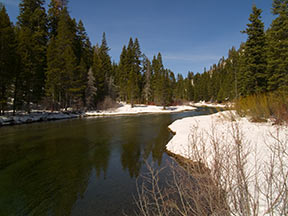
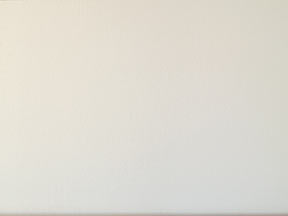
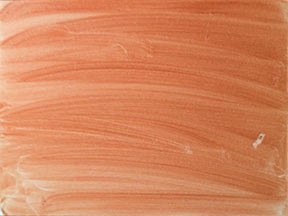
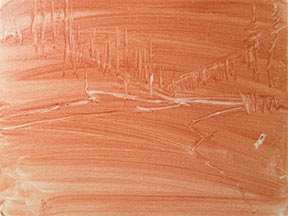


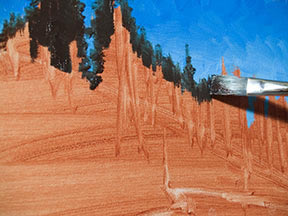
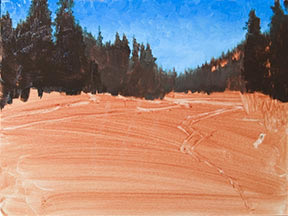
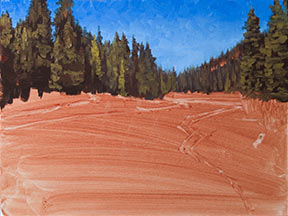
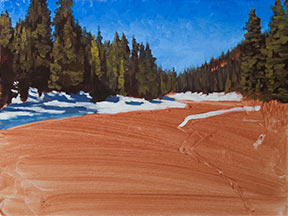
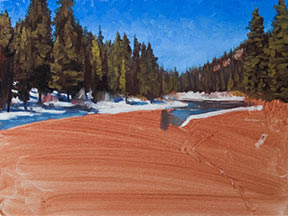


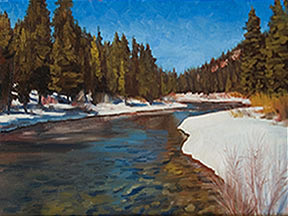
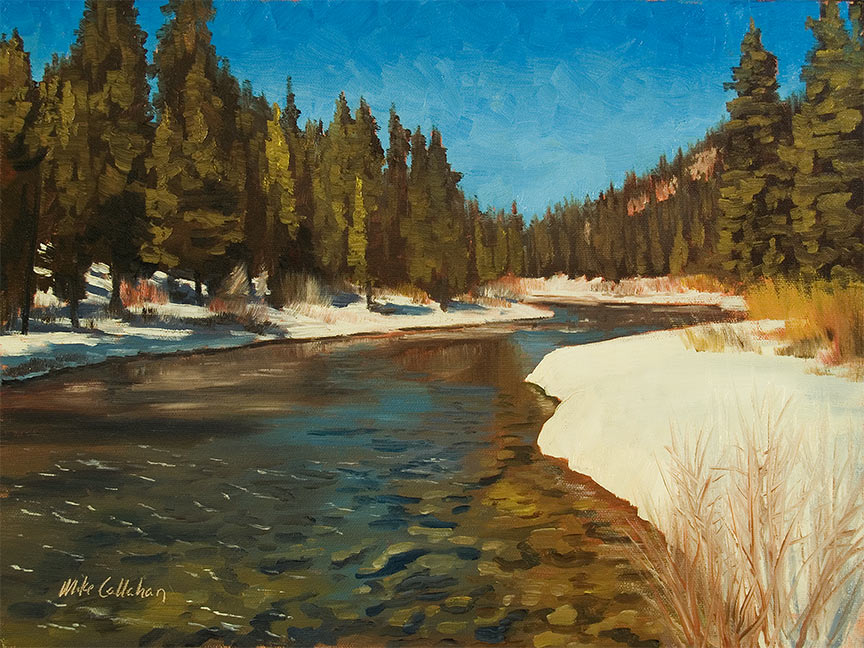
Great work of art. I love the way how you mixing up the colors to create such an amazing result.